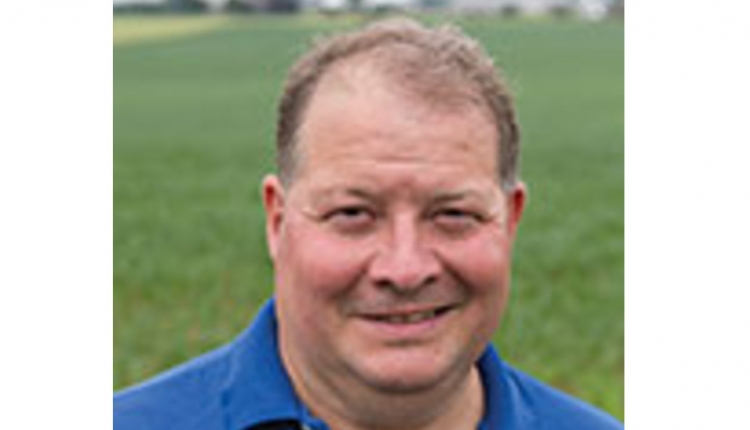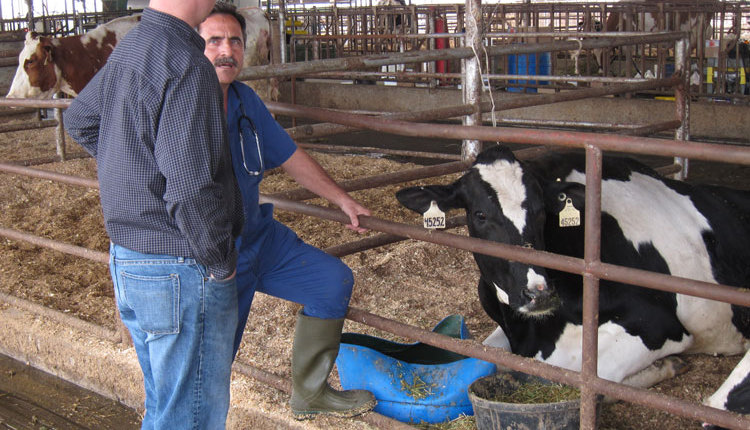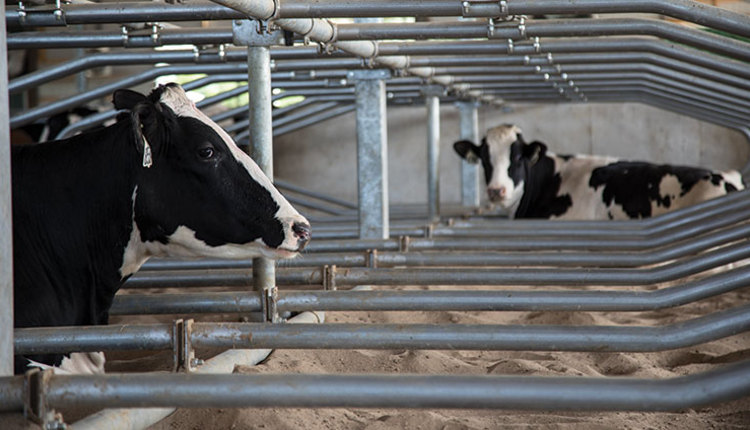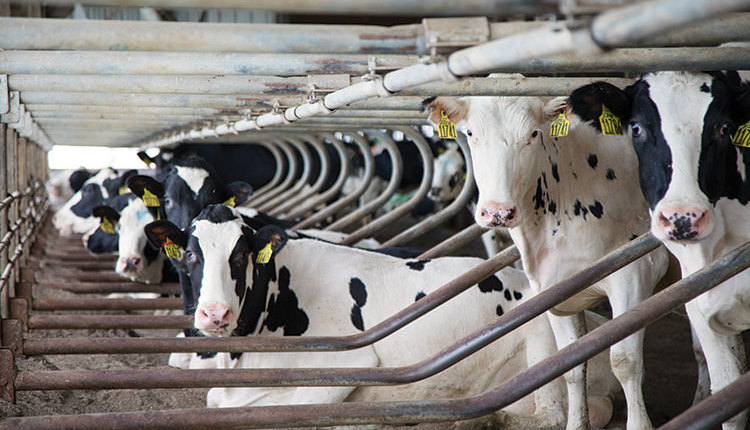
“The Big Five” were the ultimate quarry for wealthy hunters in the first half of the 20th century. All extremely dangerous big game animals, they include the elephant, rhino, Cape buffalo, lion, and leopard. They have one thing in common: given the opportunity, they can kill the hunter.
Consequently, the prudent African sportsman wielded significant firepower with which to bring down his quarry. Using insufficient “gun” also ran the risk of unleashing a wounded animal, perhaps a rogue lion or buffalo, which would then terrorize the local villagers until taken down.
The guns themselves are legendary; most were big-bore double rifles made by famous British gun firms such as Holland and Holland, Purdey, and Rigby. They shared a common quality: they were chambered for powerful rounds capable of killing the most formidable game animals on earth with one shot. Ruark wrote a series of now-classic sporting articles about the proper gun choice for Big Five hunting titled “Use Enough Gun.”
It may seem surprising, but this history lesson is relevant to dairy farming. It is a sad reality, but every dairyman is a “big game hunter” at some point in his monthly or weekly, if not daily, work. Current animal welfare standards stress that dairy animals that are down and/or have a dismal prognosis must be euthanized when humane salvage is not an option.
While most euthanasia protocols prefer the use of captive bolt pistols to kill cows, bulls, and calves, these specialized instruments can be expensive and require particular ammunition and training in their proper use. Frequent staff turnover on many dairies can make maintaining a trained captive-bolt euthanasia workforce problematic.
The upshot is that the average dairy has only one suitable way to euthanize a cow and that is with a gun. Gunshot is fully approved as a humane means of euthanasia by the AABP (American Association of Bovine Practitioners). At their website, aabp.org, there are detailed instructions in the document, “Practical Euthanasia of Cattle,” on where and how to kill a cow using various approved methods.
You get one shot
It is my experience, however, that training and equipment for proper euthanasia by gun is also lacking on many dairies. I was reminded of this on a recent obstetrical call, which I attended for another colleague.
The cow was down and dying, having experienced an undetected, prolonged uterine torsion that had progressed to the point that the calf had died and become gas-filled, thereby distending the uterus to the point that it had ruptured. The cow was doomed to certain death by peritonitis. I gave the herdsman the poor prognosis (in “Spanglish”) and explained that the merciful thing to do was to shoot it.
I left the calving barn and was cleaning up at my truck, about 100 yards away, with my back to the pen. I was startled to hear a gunshot behind me (I did not anticipate that the cow would be euthanized so quickly). Turning to look, I saw that the owner had arrived and was standing with a revolver in hand, watching the “dead” cow quickly walking away from him.
He turned to me in dismay and said, “You need to teach me how to shoot a cow!” Based on the scene before me, I had to agree.
Armed with the right tools
My first act, after assuring myself that the cow was not suffering, was to look at his gun. It was a .22 LR (long rifle) revolver. I emphatically told him, “A .22 long rifle handgun is not gun enough for a mature cow. A pistol has too short a barrel length to generate the velocity and energy necessary to penetrate the skull of an older cow, which can be as dense as concrete.”
While many farms “get by” with a .22 LR rifle for the purpose, even this weapon is underpowered. To be sure and humane, a .22 Magnum rifle or handgun is the minimum caliber to use to kill a cow. Handguns simply do not have the bullet in the barrel long enough to let the gun powder do its job. Therefore, use at least a .22 Magnum, or better yet, a .38/.357 or 9mm pistol for this task, I told him.
Regardless of caliber, there is a huge safety issue with using firearms on the dairy. Solid rifle and pistol bullets can ricochet, both off the bony skull and after going clear through the skull and exiting. So always be sure to check for any possible down-range hazards that may be at risk before you fire.
Better yet, use a shotgun. At very close, point-blank range, a shotgun (20 gauge or larger) is a fearsome weapon and wholly adequate for euthanizing even the biggest, oldest cow or bull. Get as close to the skull as you can without actually touching the skull (obstructing the muzzle will cause the barrel to burst on firing). The skull usually absorbs the entire shot charge, minimizing any pellet ricochet risk.
Another caution is in order, however: always use lead shot. Steel shot does not deform and absorb energy as lead does, so it can and will dangerously ricochet. And be sure to wear safety glasses and hearing protection when using any firearm.
A humane ending
The dairyman appreciated the lesson and agreed to wait until the cow again went down before attempting to put her out of her misery with a gun of suitable caliber. I left the farm confident that the dairyman had a better grasp of how to properly end the life of a suffering cow. I also phoned his regular vet to inform him of what had transpired in the hopes that he would reinforce the lesson just given, to the benefit of farm welfare practices.
All dairymen will be asked, sporadically or frequently, to be reluctant “big game hunters” and be required to kill cows on their farm. Odds are, it will be with a firearm. For best and most humane euthanasia outcomes, follow Robert Ruark’s classic advice and “use enough gun.”










